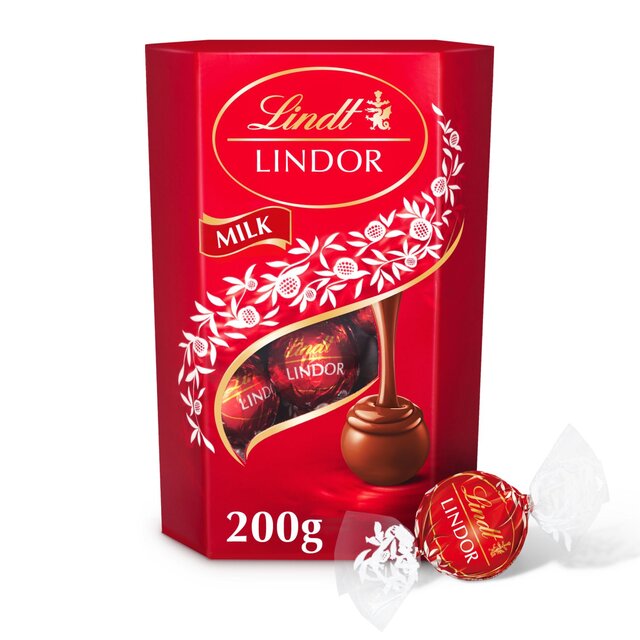Directed towards middle aged white people who are wealthy, can be suggested by Jeff Goldblum's glasses and the look and size of the car
Avocado advert
the absence of Mexican people suggest they are not important in the presentation of the ad
The ad contains middle aged white people. Avocado's are associated with being wealthy and rich.
Doritos/ Mtn Dew ad
Binary opposition between Freeman and Dinklage
Peter Dinklage (Little people), rapping, fast, sharp, acts cool
Morgan Freeman(old black men), ice cold, laid back, chilled, calm.
Old people ad
suggest that old people should actually be at home than be a DJ, firefighter etc
Bud Knight ad
suggest British people are medieval in nature
Stereotypes
A commonly held belief about a certain group of people
A stereotype can never ever be always true
Why do stereotypes exist?
It helps us group people together
Helps producers to identify audiences and produce TV shows
it makes the world far more similar
How can we make use of them?
Richard Dyer - The role of stereotypes
- An ordering process
- A short cut for producers
- A reference point (for audiences)
- An expression of dominant societal values
Anchor Spreadable butter
Stereotypical representation that old people don't understand technology
Assumptions about young people is that they are able to understand technology
old people and young people form binary opposition
Different genders and age can be told by height and looks e.g clothing
Pot Noodle
Stereotypical teenage boys are messy
Teenage boy of working class from the north of England
Setting of the gym is a disused warehouse- stereotypical working class
binary opposition between the boy and Las Vegas
not stereotypically attractive, stereotypically women's bodies are more attractive than men's bodies
It is stating that black men are perverted, always rap, this reinforces a stereotype.
Reinforcement
Subvert- Breaking a stereotype
















